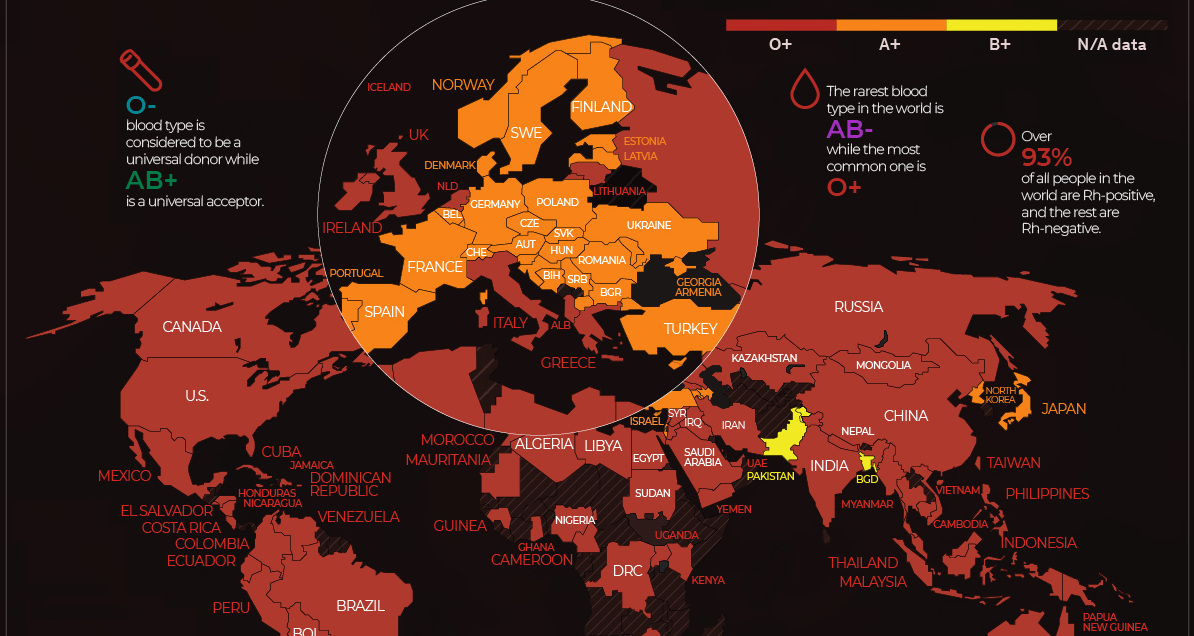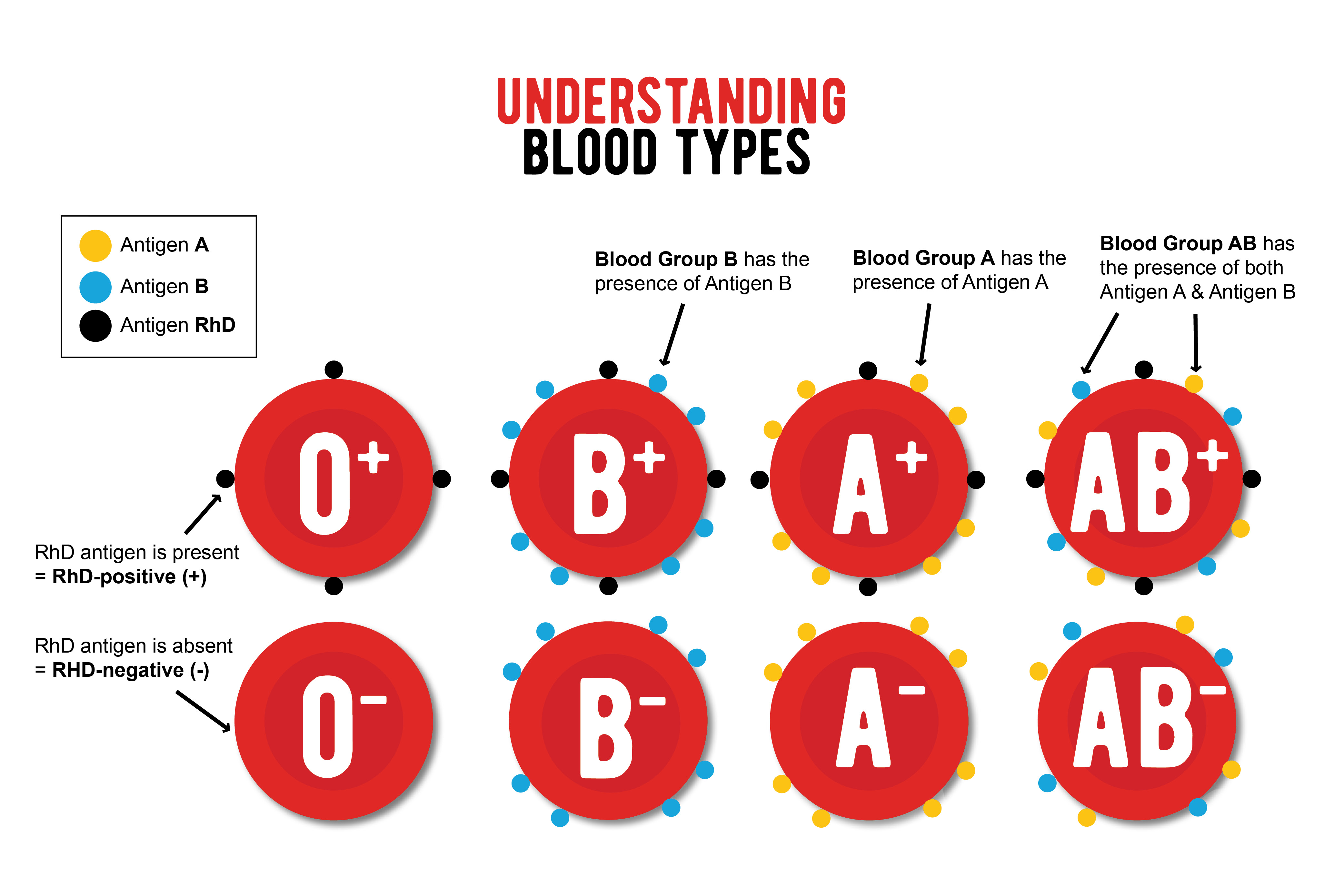
All you need to do is follow the following scheme: You can perform a similar analysis for the Rh+ or Rh- groups.

The chance that your child's genotype is AB is 75% * 50% = 37.5%.The chance that your child's genotype is AA is 75% * 50% = 37.5%.Now, multiply the probabilities to obtain the chance for each blood group: Your child will either inherit an A allele (50% chance) or B allele (50% chance) from your partner. As their blood group is AB, he has the genotype of AB. Write down your partner's blood type and accompanying alleles. Your child will either inherit an A allele (75% chance) or 0 allele (25% chance). As your blood group is A, you either have AA or A0 alleles. Write down your blood type and accompanying alleles. For example, your blood group is A, and your partner's is AB, you can calculate the probabilities for possible blood types as follows: Your child will receive one allele from each of their parents.

The negative allele is recessive, what means that two parents with a blood type Rh- will always have children with Rh- blood. They also describe the presence or absence of a particular antigen – in this case, the Rh(D) antigen. Our calculator takes into consideration an additional classification that divides blood into two groups: Rh+ and Rh. It means that only people with 00 alleles can have the blood type 0.

As it is controlled by a single gene, each person has two alleles describing their blood group:Īlleles A and B are dominant, and the allele 0 is recessive. The blood type is determined genetically – each person inherits it from their parents. Depending on the presence or absence of these antigens, as well as on the presence of specific antibodies in the blood plasma, it is possible to find out which blood group your blood belongs to. Each of them contains different antigens (such as carbohydrates or proteins) on the membrane of red blood cells. There are four main groups of blood: A, B, AB and 0.


 0 kommentar(er)
0 kommentar(er)
